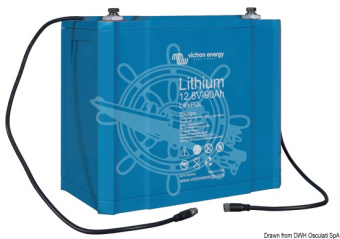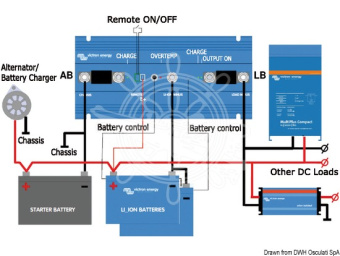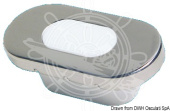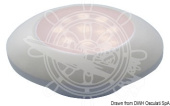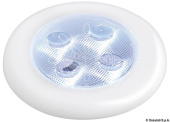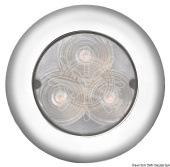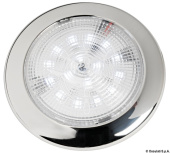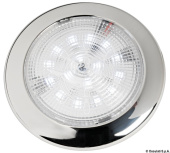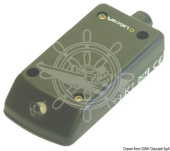1-2 weeks delivery time
Price incl. 19% VAT
Price incl. 19% VAT
Our managers will contact you and clarify the terms of the order
The Osculati 12.415.07 - Victron Lithium Batteries boast advanced lithium-iron-phosphate (LiFePO4 or LFP) technology with a sophisticated balancing and monitoring system for composite cells. With the ability to connect up to ten batteries in parallel and form 48 V power supplies with a 3000 A·h capacity, these batteries offer exceptional flexibility. The Battery Management System (BMS) ensures safety by disconnecting the load at low voltage, interrupting charging at high voltage, and shutting down in case of excessive temperature. Additional benefits include up to 70% space and weight savings, immunity to sulfation-related failures, and superior performance across a wide range of temperatures, charging cycles, and internal resistance.
- Description
- Ask a Question
-
Osculati 12.415.07 - Victron Lithium Batteries 12.8 V 200 Ah
The lithium-iron-phosphate batteries of VICTRON (LiFePO4 or LFP) are equipped with a system for balancing and monitoring composite cells. Up to ten batteries can be connected in parallel and up to four batteries can be connected in series to form 48 V power supplies with a capacity of 3000 A·h. The cell balancing/monitoring wires are cascaded and connected to the Battery Management System (BMS).
Battery Control System (BMS)
- Disconnecting or disconnecting the load when the voltage of one of the battery cells drops below 2.5 V;
- Interruption of the charging process when the voltage at one of the cells exceeds 4.2 V;
- Shutdown of the system when the temperature of one of the cells exceeds 50 ° C;
- Cell balancing;
- BMS generates up to 200 A for almost any type of DC load (including inverters and chargers);
- Possibility of adding additional functions: see BMS technical passports.
Advantages:
- Lithium iron phosphate batteries (LiFePO4 or LFPs) are the safest of the traditional lithium ion batteries. The rated voltage of the LFP cell is 3.2 V (for lead-acid 2 V per cell). Therefore, the 12.8 V LFP battery consists of 4 serially connected cells. In turn, the 25.6 V battery is made up of 8 serially connected cells.
- Up to 70% space and weight savings compared to traditional batteries.
- The lead-acid battery is subject to the problem of premature failure due to sulfation, which can occur in the following situations:
- Long periods of rare use (almost complete discharge due to rare use);
- Leaving in a partially discharged or (worse) completely discharged state.
- The LFP battery does not require full charging. In the case of storing an incompletely charged battery, its service life is even slightly increased. This is one of the main advantages of LFP batteries compared to lead-acid batteries.
- Among other advantages are a large range of operating temperatures, excellent charging cycle performance, low internal resistance, and increased efficiency.
-
Ask a Question
Popular products

